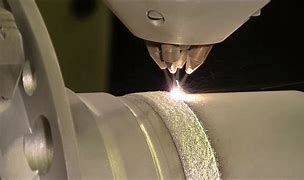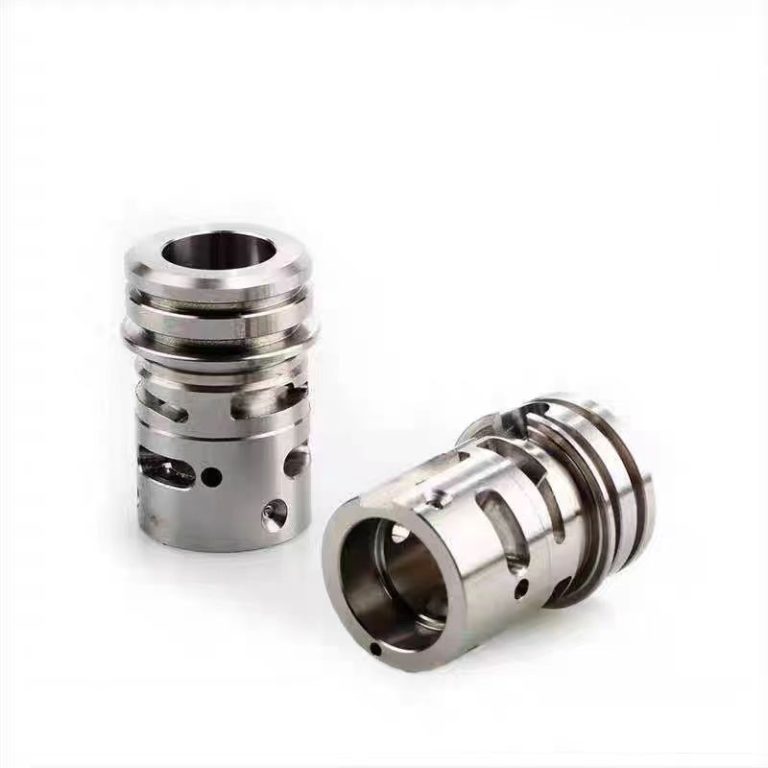Discover a professional 3D printing powder supplier
Plastic Pistols vs. Airport Security: Do Ghost Guns Really Trigger Metal Detectors?
(will 3d printed guns set off metal detectors)
The idea sounds ripped from a sci-fi thriller: deadly weapons, crafted silently in basements from cheap plastic, slipping unnoticed past the watchful eyes of security. “Ghost guns,” especially 3D-printed ones, fuel this modern anxiety. A burning question echoes in forums and news reports: Can these plastic pistols actually beat metal detectors? Let’s cut through the hype and uncover the gritty reality.
What Are 3D-Printed Guns Really Made Of?
Forget the image of a gun made entirely from flimsy plastic. Most functional 3D-printed firearms aren’t pure plastic sculptures. They rely heavily on metal parts. Think about it. A gun needs parts that endure extreme force and heat. The barrel faces exploding gunpowder. The firing pin strikes the primer hard. The bolt slams back and forth. Cheap plastic melts, cracks, or shatters under this abuse. So, makers almost always use metal for these critical components. Common choices include steel bolts, barrels cut from metal pipes, or metal firing pins. The plastic frame acts like a skeleton holding these metal guts together. Some designs use minimal metal, but they are rare and notoriously unreliable. The plastic itself is usually something tough like ABS or nylon, but it’s still just the housing.
Why Metal Detectors Might Miss Plastic Firearms
Metal detectors work on a simple principle. They create an electromagnetic field. Metal objects disrupt this field. The detector senses this disruption and sounds the alarm. Plastic, resin, or ceramic materials don’t conduct electricity well. They don’t disrupt the electromagnetic field. So, a chunk of plastic by itself is invisible to a standard metal detector. This is the core of the worry. If a gun is mostly plastic, won’t it just glide through? Well, it depends. A gun made entirely from non-metallic materials might evade detection. But as we saw, these are rare and often dangerous for the shooter. The real-world guns need metal parts. The size and location of these metal bits matter. A tiny firing pin deep inside a plastic frame might be harder to detect than a large steel barrel. Detectors have sensitivity settings. Finding a small metal piece buried in plastic is harder than spotting a solid metal object. Airport detectors are usually set to find larger threats like knives or guns. They might miss a tiny component. But it’s a gamble. Security isn’t blind to this threat.
How Security Systems Are Adapting to This Threat
Security experts aren’t sitting idle. They know the potential loophole. That’s why relying solely on metal detectors is becoming outdated, especially in high-risk areas like airports. Enter advanced imaging technology. Systems like millimeter-wave scanners and backscatter X-rays don’t just look for metal. They create detailed images of your body shape and anything concealed under clothing. These scanners can spot anomalies – the distinct shape of a gun, plastic or not, hidden in a pocket or waistband. They see the object’s form. Security also layers defenses. Behavior detection officers watch for nervousness. Canine units sniff for explosives or firearms residue. Physical pat-downs find items scanners might miss. Intelligence gathering tracks illegal 3D gun files. The goal is a net with multiple layers. While a plastic gun with minimal metal might fool one layer, beating them all is much harder. Security tech constantly evolves to counter new threats.
Real-World Applications Beyond the Hype
The focus on 3D-printed guns bypassing security overshadows other important uses of detection technology. Metal detectors are everywhere. They screen people entering courthouses, schools, concerts, and government buildings. They find weapons, but also prevent smaller metal items like tools or unauthorized electronics from entering secure areas. In industry, they ensure food safety by finding metal fragments in products. They check for metal contaminants in pharmaceuticals and plastics. Construction sites use them to locate buried pipes and cables before digging. Archaeologists rely on them to find hidden artifacts. Security screening at ports intercepts smuggled goods. Lost and found departments use them to locate keys or jewelry. The core technology of sensing metal disturbances is incredibly versatile. It protects people, ensures product quality, aids discovery, and recovers lost items daily. The plastic gun scenario is just one small, albeit high-profile, application.
Your Top Questions Answered
Can a pure plastic gun set off a metal detector? No. If a gun is truly 100% plastic, ceramic, or resin with zero metal parts, it won’t trigger a standard metal detector based on electromagnetic fields.
Are most 3D-printed guns pure plastic? No. Almost all functional designs require critical metal components like the barrel, bolt, or firing pin to handle the forces involved in firing. These metal parts can be detected.
So, will a typical 3D-printed ghost gun set off a metal detector? It depends. If it contains enough metal in the right places, yes. If it uses very small or deeply embedded metal parts, maybe not, depending on the detector’s sensitivity. But remember, other security layers like advanced scanners exist.
Can you make a reliable gun with no metal? It’s extremely difficult and dangerous. Plastic parts break under the stress and heat of firing. Most attempts result in unreliable, single-shot (or less) weapons that pose a huge risk to the user. Truly functional all-plastic firearms are more myth than reality right now.
(will 3d printed guns set off metal detectors)
What about ceramic or other non-metallic materials? The principle remains the same. Materials that don’t conduct electricity won’t trigger a metal detector. However, advanced imaging scanners (millimeter wave, X-ray) can still detect the object’s shape and density, regardless of material. Security isn’t solely dependent on metal detection anymore.








